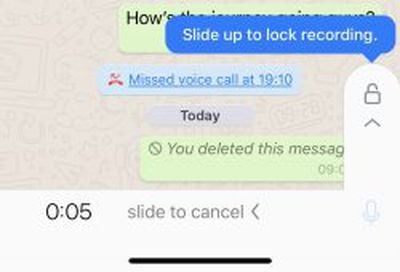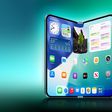Apple has taken down games from its App Store that glorify the Philippine government's deadly drugs war, according to a regional organization supporting victims of illegal drugs (via The Philippine Star).
Last month, the Asian Network of People who Use Drugs (ANPUD) sent Apple CEO Tim Cook a letter demanding that the company remove several iOS games which it said valorized "the emerging tyranny of Duterte's presidency and his government's disregard for human rights principles".

The group named 131 organizations from several countries as supportive of the letter of complaint, with groups working on human rights, youth and drug policy reform among them.
In a statement posted on its website yesterday, ANPUD said that it never received a direct response from Cook, but the runner games that its letter accused of promoting murder, extrajudicial killings and violence appeared to have been removed as of Tuesday.
They include Duterte knows Kung Fu: Pinoy Crime Fighter, Duterte Running Man Challenge Game, Fighting Crime 2, and Tsip Bato: Ang Bumangga Giba!, all of which featured Duterte or Philippine National Police chief (Ronald) Bato dela Rosa shooting down criminals while evading obstacles.
Despite their removal from Apple's App Store, the games remain available for Android users to download from the Google Play store.
Police chief Ronald dela Rosa told the Philippine Star that the removal of the games was a good idea, and that the government's operation to tackle drug users was not about killing or the use of violence. His comments were made despite Duterte openly endorsing extrajudicial killings in his drugs war campaign.
"They made the wrong interpretation. Tokhang [the campaign] is not about shooting people," dela Rosa told reporters. Rather, he said, it involved policemen knocking on people's doors and urging suspects to stop illegal drug-related activities.
As least 7,000 suspected drug dealers and users were killed in the first six months of Duterte's crackdown, according to estimates from The Human Rights Watch group. Many of the killings are attributed to "unidentified gunmen".
Note: Due to the political nature of the discussion regarding this topic, the discussion thread is located in our Politics, Religion, Social Issues forum. All forum members and site visitors are welcome to read and follow the thread, but posting is limited to forum members with at least 100 posts.


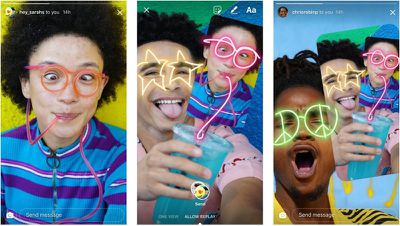

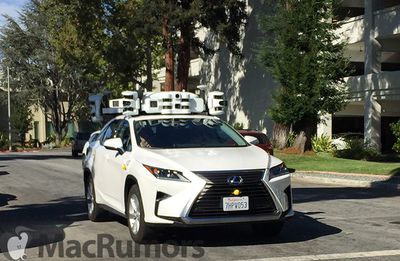

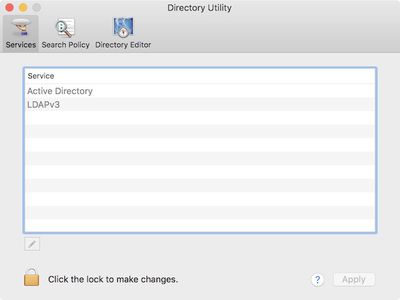
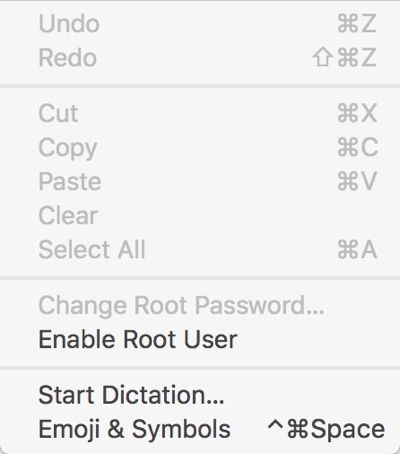

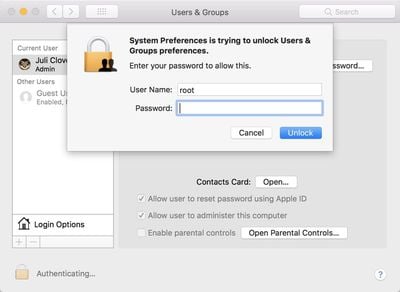
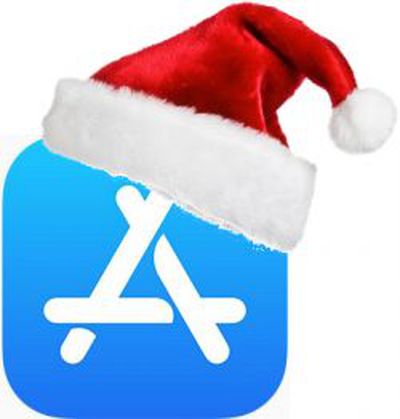 Each year, Apple shuts down iTunes Connect for a week around the holidays to give its App Store staff time off from work. This year, iTunes Connect
Each year, Apple shuts down iTunes Connect for a week around the holidays to give its App Store staff time off from work. This year, iTunes Connect 
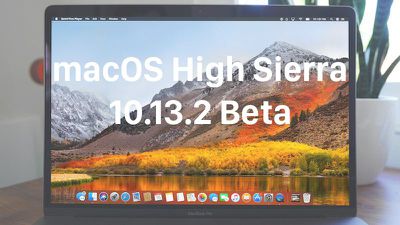
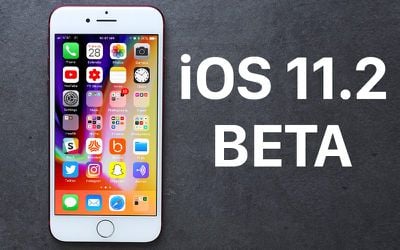

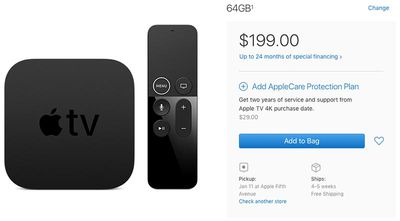


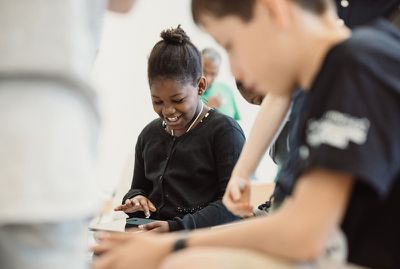
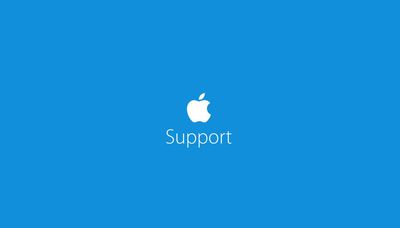

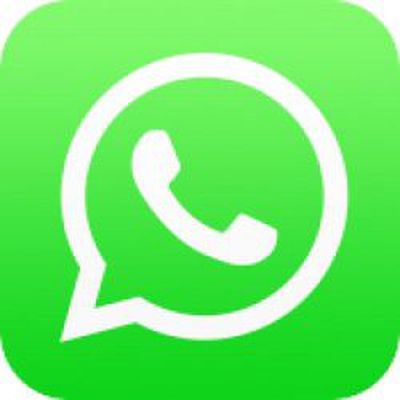 WhatsApp received an update on Tuesday introducing a couple of notable feature additions, namely, a more convenient way to record long voice messages, and a picture-in-picture mode for viewing YouTube videos.
WhatsApp received an update on Tuesday introducing a couple of notable feature additions, namely, a more convenient way to record long voice messages, and a picture-in-picture mode for viewing YouTube videos.